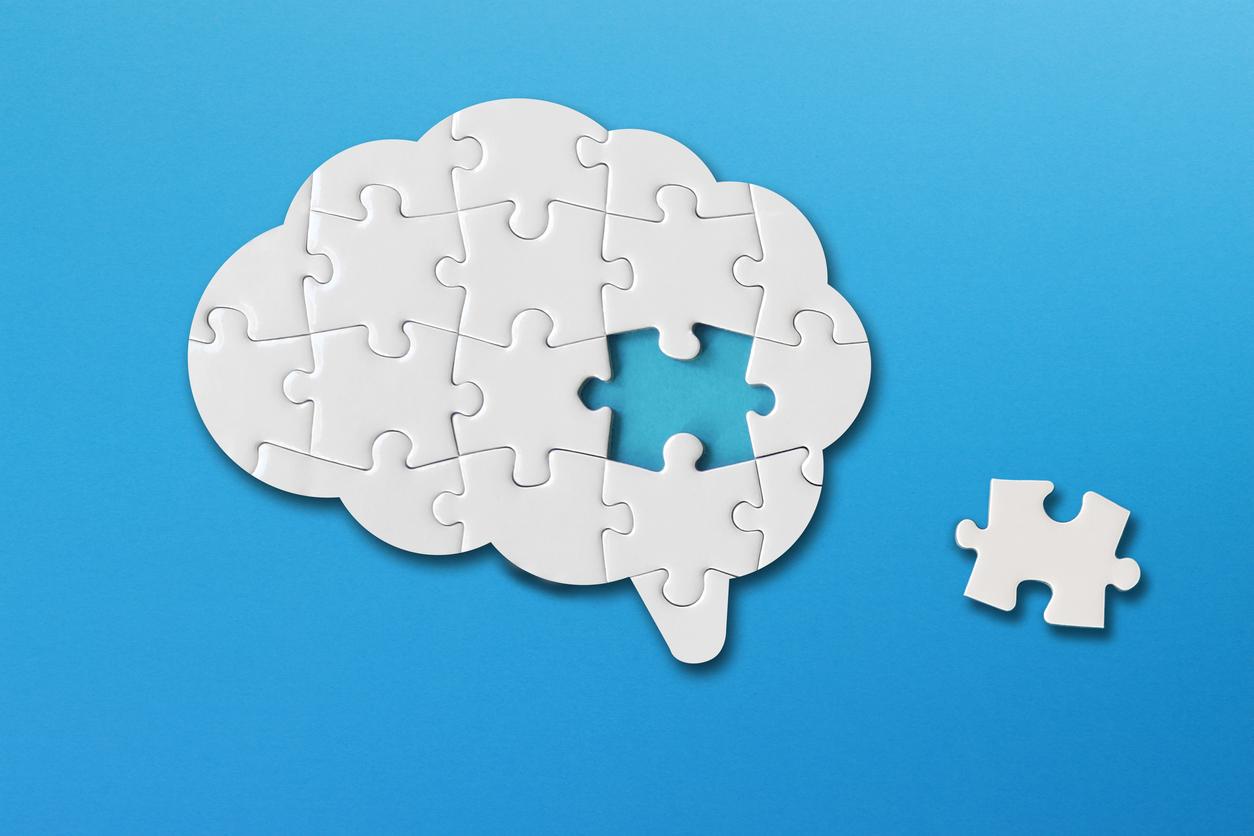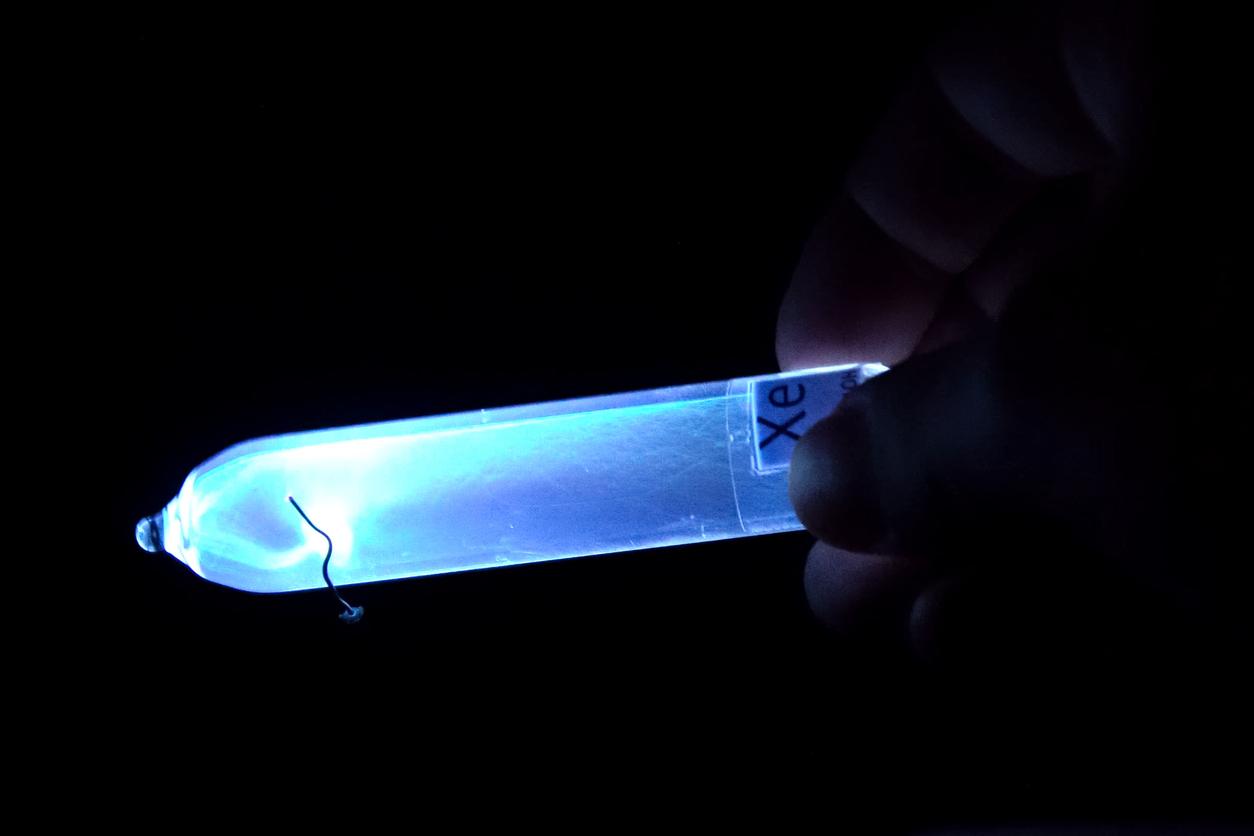What happens in our brain? Until now, to find out, you had to rely on the essential MRI (Magnetic resonance imaging). A technique that has been improved by two researchers from the University of Geneva and the Federal Polytechnic School of Lausanne (EPFL) in Switzerland by combining it with a data processing program.
Conventional functional MRI makes it possible to detect blood flows corresponding to areas of cerebral activity. But since these areas of activity are marked by numerous spots of color that appear and disappear, it is difficult to identify when a particular brain region is active or not.
With this new imaging technique, it is possible to visualize the moment when each network of the brain is active or inactive. The researchers identified thirteen main networks and found real coordination between these areas, with three to four networks active at any time.
A breakthrough in the diagnosis of neurological diseases
With this access to the work of different brain networks and therefore an unprecedented visualization of the brain in activity, researchers hope to be able to use this technique to diagnose certain neurological diseases. The disease ofAlzheimer’s is in their sights. Indeed, it is characterized by an early degradation of certain networks even before the appearance of clinical symptoms. Degradation that it would therefore be possible to detect.
Other diseases could also be tracked using this technical advance. It could help to understand the cerebral mechanisms implemented in cases of major depression or bipolar disorders.
>> To read also:
Alzheimer’s disease: a therapeutic molecule identified
Alzheimer’s: a diet that reduces the risk by up to 53%
Soon a first village for Alzheimer’s patients
Alzheimer’s: towards earlier diagnoses

















